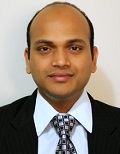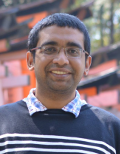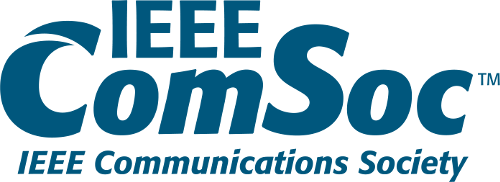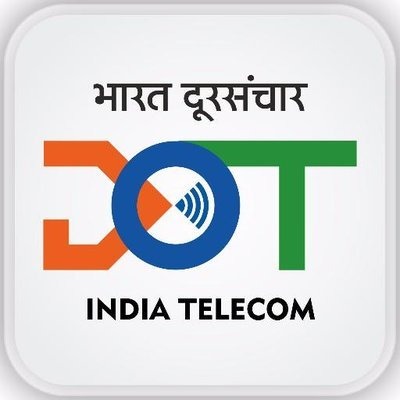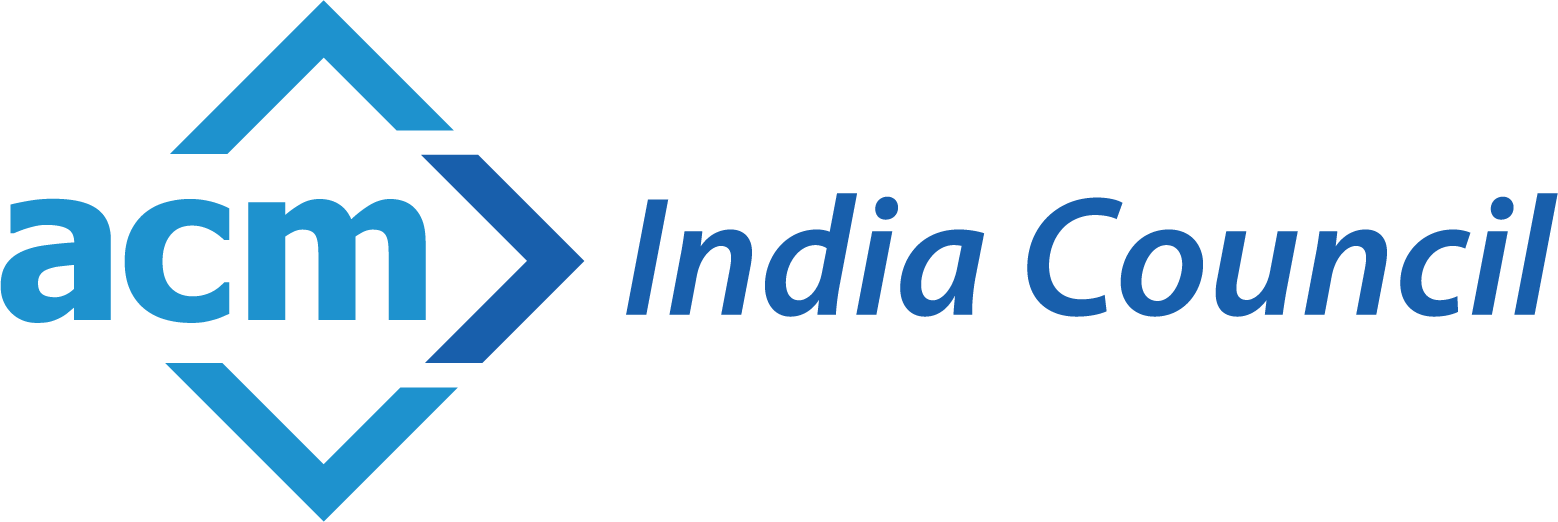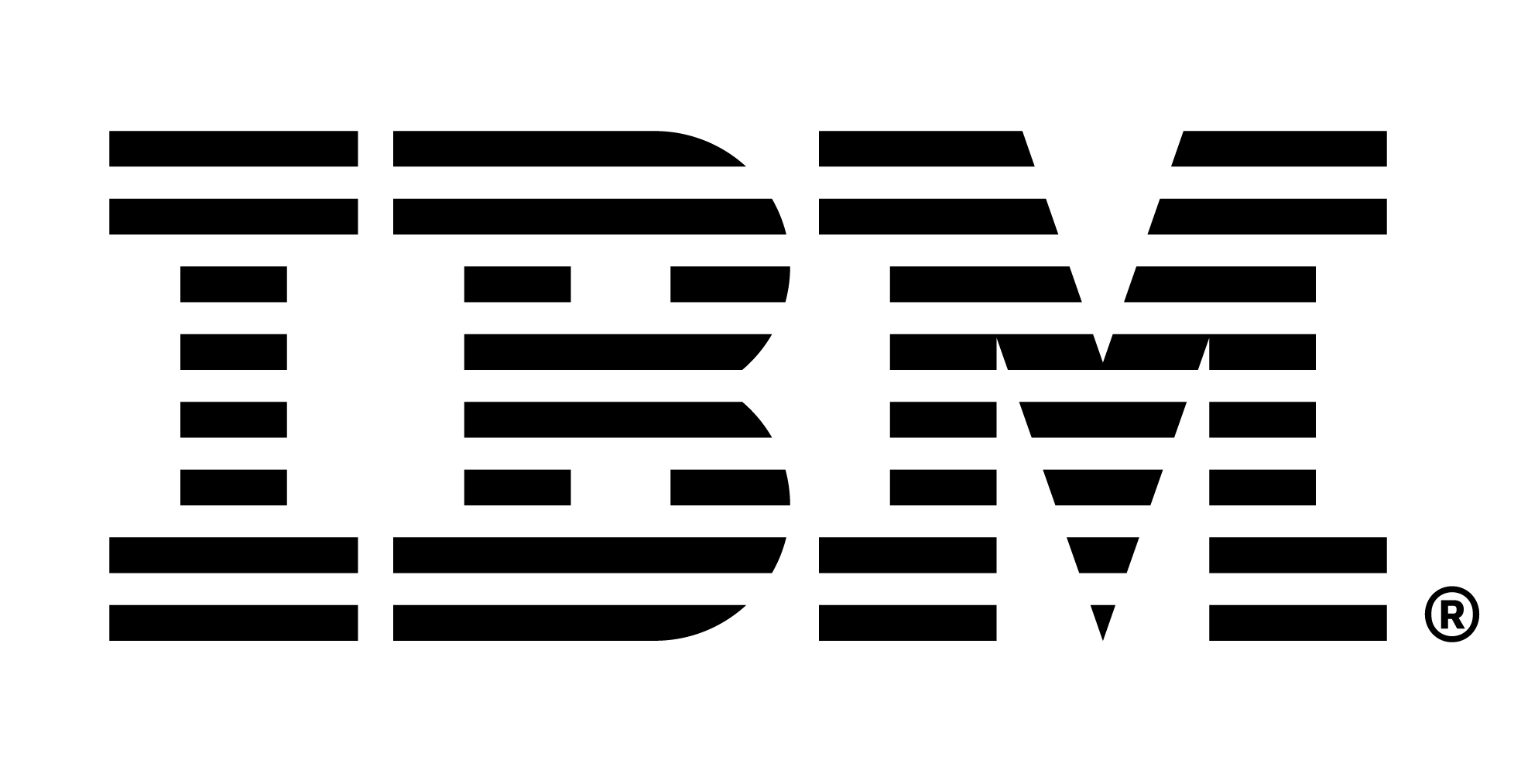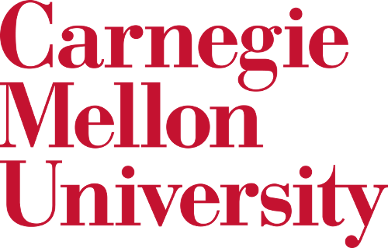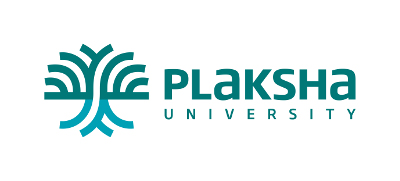Tutorials
Event Date: Tuesday, 3rd January, 2023
-
Toward Automated Security Risk Assessment: Models, Metrics, and Recent Applications
-
Identification of Causal Dependencies in Multivariate Time Series
-
5G Architecture Overview, Software Stack and Use Cases
-
Deep Learning based Radio Frequency Signal Classification: Hands-on
-
5G Non-Terrestrial Networks: Recent Advancements, Open Challenges, and Research Tools
-
Cloud-native Networking Deep Dive
-
OTFS Aided Cell-free Massive MIMO for Beyond 5G
Speaker: Dr Dan Dongseong Kim (University of Queensland, Australia)
Speakers: Sujoy Roychowdhury, Serene Banerjee, and Ranjani H.G. (Ericsson, India)
Serene Banerjee, Master Researcher, Ericsson Research, Bangalore, has 18+ years of industrial experience post completion of her Ph.D. from The Univ. of Texas at Austin, under Prof. Brian L. Evans in 2004. She has a B.Tech. (H) in Electronics and Electrical Communications Engineering from IIT Kharagpur in 1999. At Ericsson she is focusing on developing AI/ML algorithms for Radio Access Networks.
Ranjani, Principal Data Scientist Ericsson R&D (GAIA) has a total of 19 years experience combined in academia and industry. She completed her Ph.D. and M.Sc (Engg) from IISc, Bangalore. Her research interests include machine learning, signal processing, speech audio and music signal analysis, RAN. She has 4 filed patents, and more than 10 peer reviewed publications.
Speakers: Atahar Khan, Satya Priyo Dhar, and Ramakrishnan Shanmugasundaram (Cisco, India)
Satya is a Solutions Architect in Cisco with 17 plus years of work experience in Service Provider network technologies design, architecture, testing and deployment. Satya holds an active CCIE- 49679, passionate about technical tech talks, training workshops and events and is actively working with customers on their network transformation journey to converged SDN based programmable 5G network with Segment Routing ,EVPN and end to end automation.
Ramkakrishnan is a Cisco Solutions Architect with 17+ years of designing, architecting, and deploying complex Service Provider networks technologies of Mobile Backhaul networking, SR- MPLS/SRv6, and Manged SP. Ramki has Patents in areas of SP technologies & IOT.
Speakers: Prabhu Chandhar and Sathish Babu (Chandhar Research Lab, India)
Dr. Sathish Babu, Senior Researcher, Chandhar Research Labs, Chennai, India. Sathish Babu received the Ph.D. degree from IIT Kharagpur in 2017. From 2010 to 2017, he worked as a Junior Project Officer handling sponsored research projects at Kalpana Chawla Space Technology Cell (KCSTC), IIT Kharagpur in collaboration with Indian Space Research Organization (ISRO) – Satellite Application Centre (SAC), Ahmedabad in the field of satellite Navigation. From 2017 to 2019, he was working as an Adhoc Faculty at National Institute of Technology Puduchery, Karaikal. Since 2020, he works as a senior researcher at Chandhar Research Labs Pvt. Ltd., Chennai. His research interests include Signal Processing and Communication for Next generation wireless systems, Machine Learning for RF; and Satellite Navigation.
Speakers: Sumit Kumar and Jorge Querol (University of Luxembourg, Luxembourg)
Jorge Querol was born in Forcall, Castell'o, Spain, in 1987. He received a B.Sc. degree in telecommunication engineering, an M.Sc. degree in electronics engineering, an M.Sc. degree in photonics, and a Ph.D. degree (cum laude) in signal processing and communications from the Universitat Polit`ecnica de Catalunya - BarcelonaTech (UPC), Barcelona, Spain, in 2011, 2012, 2013, and 2018, respectively. His Ph.D. thesis was devoted to the development of novel antijamming and counter-interference systems for global navigation satellite systems (GNSS), GNSS-reflectometry, and microwave radiometry. One of his outstanding achievements was the development of a real-time standalone pre-correlation mitigation system for GNSS, named FENIX, in a customized software-defined radio (SDR) platform. FENIX was patented, licensed, and commercialized by MITIC Solutions, a UPC spin-off company. In 2018, he joined the SIGCOM Research Group, Interdisciplinary Centre for Security, Reliability, and Trust (SnT), University of Luxembourg, Luxembourg as a Research Associate, and he was promoted to Research Scientist in 2021. He is also the head of the SatComLab/5G-SpaceLab. He is involved in several ESA and Luxembourgish national research projects dealing with signal processing and satellite and space communications, signal processing, and satellite navigation. His research interests include software-defined radios (SDR), real-time signal processing, satellite communications, 5G nonterrestrial networks, satellite navigation, and remote sensing. Dr. Querol received the Best Academic Record Award of the Year in Electronics Engineering at UPC in 2012, the First Prize of the European Satellite Navigation Competition (ESNC) Barcelona Challenge from the European GNSS Agency (GSA) in 2015, the Best Innovative Project of the Market Assessment Program (MAP) of the EADA Business School in 2016, the Award Isabel P. Trabal from Fundaci'o Caixa dEnginyers for its quality research during his Ph.D. in 2017, and the Best Ph.D. Thesis Award in remote sensing in Spain from the IEEE Geoscience and Remote Sensing (GRSS) Spanish Chapter in 2019.
Speakers: Chander Govindarajan and Priyanka Naik (IBM Research, India)
Priyanka is a Research Scientist at IBM Research, India. Her area of interest lie in optimizing the deployment of containerized network functions. She is currently working on multi-cloud networking and its aspects around frameworks for edge and cloud connectivity. Prior to joining IBM she obtained her Ph.D. from IIT Bombay.
Cell-free massive MIMO concept has been recently proposed as a promising technique for B5G systems, thanks to its capability to support a high density of network devices, while providing substantial improvement in connectivity, spectral and energy efficiencies. A cell-free massive MIMO system is a distributed architecture where a large number of geographically distributed access points (APs) serve a number of users distributed over a large area. Many aspects of cell-free systems are being actively researched, with a focus on technical foundations, resource allocation and signal processing and practical implementation. Nevertheless, high mobility scenarios, such as high-speed railways, vehicle to vehicle (V2V) communications, and unmanned aerial vehicles (UAV) communications have remained largely unexplored. These applications pose a significant challenge in designing cell-free technology for future wireless communication systems. High Doppler spread and multipath propagation observed in such applications result in a doubly dispersive channel, which significantly degrades its estimation and tracking.
Orthogonal frequency division multiplexing (OFDM) has been a dominant waveform for more than a decade. 4G-LTE and 5G-new radio (NR) technologies use OFDM waveform to overcome the effect of a frequency-selective wireless channel. However, the bit error rate (BER) of OFDM waveform, which multiplexes symbols in the time-frequency (TF) domain, deteriorates significantly over doubly dispersive channels. The recently-proposed orthogonal time-frequency space (OTFS) waveform, instead multiplexes symbols in the Delay-Doppler (DD) domain, and has been shown to achieve a significantly lower BER than OFDM over vehicular speeds ranging from 30 km/h to 500 km/h. OTFS waveform has recently been amalgamated with massive MIMO and cell free massive MIMO technologies for catering high mobility use cases for beyond 5G wireless systems. The topics to be covered in this tutorial are as follows.
Cell-free, small-cell and cellular networks: Understand the benefits of cell-free network when compared to small-cell and cellular network. Clearly point out with proper reasoning, at what condition either cell-free, small-cell or cellular network will perform better.
Cell-free massive MIMO system: Understand how user-centric massive MIMO system is different than conventional cell-free system. Analyse the downlink user-centric cell free massive MIMO system.
Cell-free massive MIMO channel properties: Analyse the impact of number of APs on channel hardening. Analyse the impact of geometric distribution of APs on channel hardening and favorable propagation.
Practical pulse-shaped MIMO-OTFS system model: Fundamentals of OTFS waveform for MIMO communication will be explained.
MIMO-OTFS channel properties: The inherent properties of MIMO-OTFS channel matrix, which can be exploited to reduce receiver complexity, will be explained.
Low-complexity receiver design for cell-free massive MIMO-OTFS: OTFS waveform, after interacting with a doubly dispersive channel, results in a twisted convolution, which radically increases receiver complexity. Consequently, this topic will cover low-complexity receiver design for cell-free massive OTFS systems.
Intended audience of the tutorial: Research scholars
Requirement for attendees: None
Speakers: Prem Singh (IIIT Bangalore) and Ekant Sharma (IIT Roorkee)
Ekant Sharma (Member, IEEE) received the M.Tech. and Ph.D. degrees in electrical engineering from the Signal Processing, Communication and Networks Group, Department of Electrical Engineering, Indian Institute of Technology Kanpur, India, in May 2011 and May 2020, respectively. From 2011 to 2012, he was with the IBM-Indian Software Laboratory and worked as an Associate Software Engineer. From August 2019 to January 2021, he worked with the 5G Testbed Laboratory, Indian Institute of Technology Kanpur, where he designed base station hardware and software algorithms for 5G NR. He is currently working as an Assistant Professor with the Indian Institute of Technology Roorkee. His Ph.D. thesis received outstanding thesis award and also it was chosen for category: SPCOM Best Doctoral Dissertation—Honourable Mention at IEEE SPCOM Conference. His research interests are within the areas of wireless communications systems, with special focus on practical massive MIMO, full-duplex, relays, and energy efficiency and optimization.
CFP for Tutorials
The 15th International Conference on COMmunication Systems and NETworkS (COMSNETS) will be held in Bangalore, India, during January 3 - 8, 2023. For this premier international conference, we invite tutorials from experts in their fields. Tutorial topics should be within the scope of COMSNETS that includes, but is not limited to, advances in communication systems/networks, Internet of things, edge/cloud computing, applications of machine learning in communication systems/networks, and information security/privacy.
Tutorials should aim to educate the audience on emerging topics. Presenters can choose a suitable format for the tutorials, such as presentation or hands-on training. We encourage the tutorials to be interactive. The preferred duration of a tutorial should be 3 hours. We will also consider proposals for 6-hour tutorials.
Submissions:
Submission Link: https://edas.info/newPaper.php?c=29769We solicit an abstract for the tutorial. The abstract should be at most 3 pages long. It should adhere to the same submission guidelines as those for a paper submission to the main conference. Abstracts that do not adhere to the guidelines will be rejected without review. The abstract must include the following:
- Motivation
- Outline and topics covered
- Format of tutorial, e.g., presentation and/or hands-on training
- Intended audience of the tutorial
- Requirements for the attendees, e.g., access to certain software
- Biography of the presenter including his/her experience with the tutorial topic
Important Dates
| Last Date for Submission | |
| Notification of Acceptance | 15th October, 2022 |
Tutorial Co-Chairs
